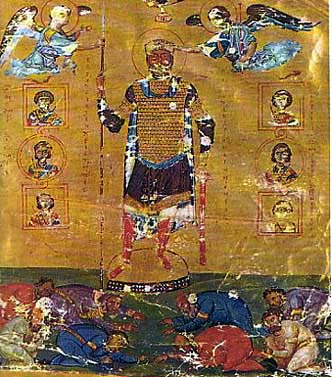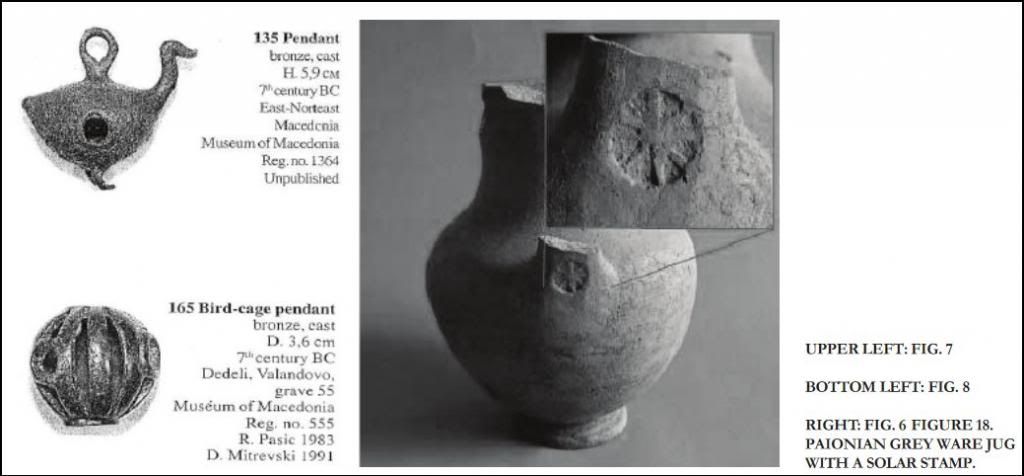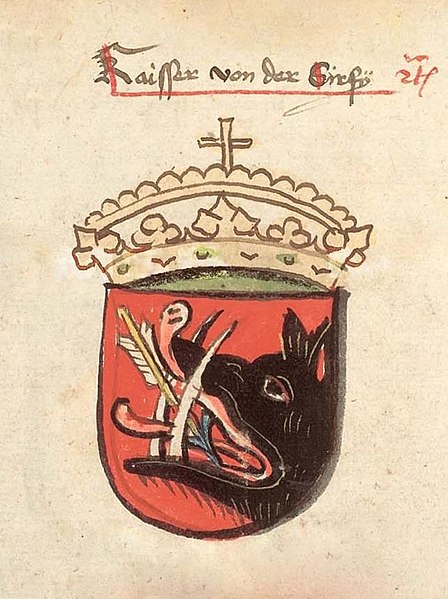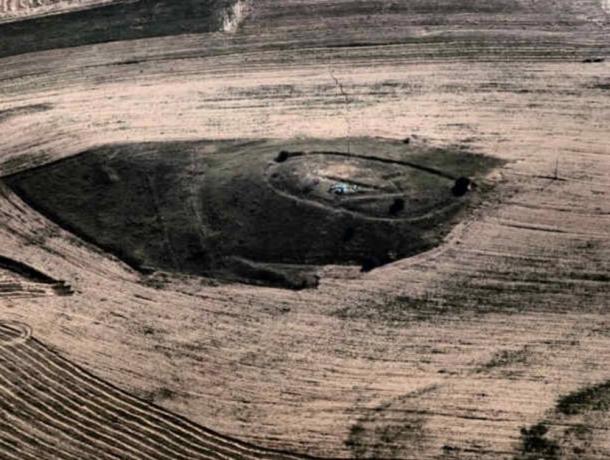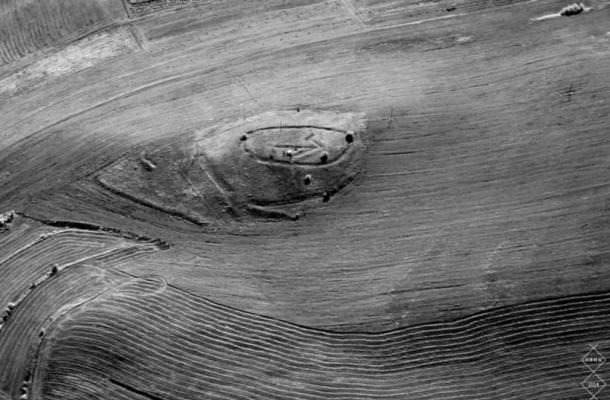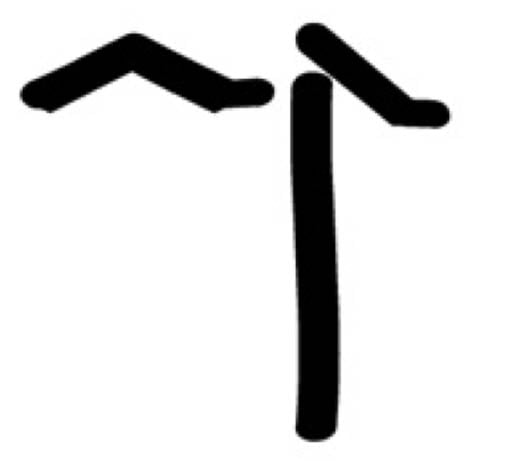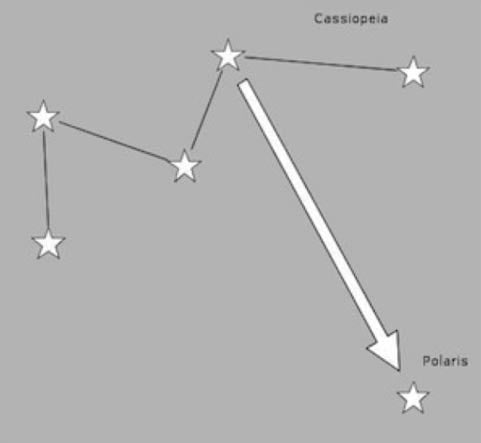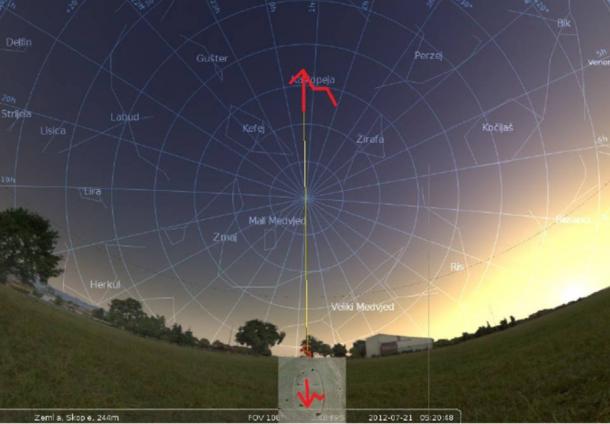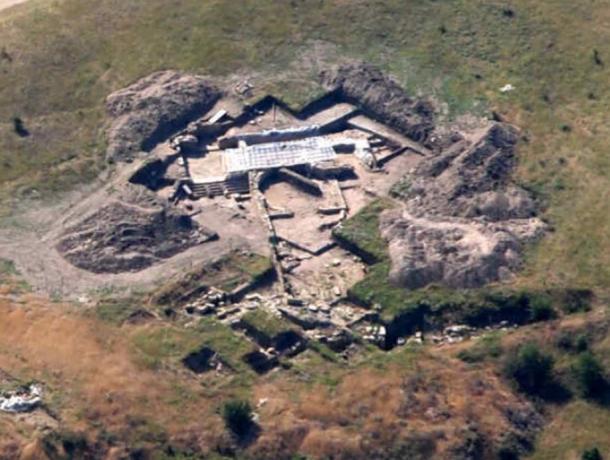Some early Slavic tribal and personal names and their etimology,my own work.
The Timochani, or Timochans (Serbian and Bulgarian Cyrillic: Тимочани) were a medieval South Slavic tribe that lived in the territory of present-day eastern Serbia, west of the Timok River, as well as in the regions of Banat, Syrmia and Moesia Superior.Earlier on the same place lived:
Timachi were a Thracian tribe in living by present-day Timok, Serbia, then part of Moesia Inferior (87 AD). It may have been an artificial creation by the Romans.In the 1st century before Claudius conquest of Thrace, Pliny the Elder lists them as one of the Moesian tribes alongside Dardanians, Celegeri, Triballi and Moesi.Worth mentioning Serbs were called Triballi by the Greeks.
The Berziti were a South Slavic tribe in Byzantine Macedonia in the 7th century AD the name is probably derrived from birch Slavic-breza,Thracian-berza.according to some authors part of them also settled in Brest,Belorussia.
The Strymonites or Strymonitai (Greek: Στρυμονῖται) were a tribe of Sclaveni in the region of the river Strymon (Struma) in Macedonia.The river's name comes from Thracian Strymón, derived from IE *sru "stream" akin to English stream, Old Irish sruaimm "river", Polish strumień "stream", Lithuanian straumuoe "fast stream"
The Drougoubitai, also Drogobitai or Dragobitai (Greek: Δρο[υ]γο[υ]βῖται/Δραγοβῖται), variously anglicized as Drugubites, Drogubites, Druguvites, Draguvites etc., were a South Slavic group (Sclaveni) in the Balkans in the 7th century.Two distinct branches are mentioned in the sources, one living in medieval Macedonia to the north and east of Thessalonica and around Veroia (in modern Greece), while the other lived in Thrace, around Philippopolis (modern Plovdiv in Bulgaria).The name could be derrived from Drugovi meaning friends,friendship,Thracian tribe Drugeri living in Thracia(Present Bulgaria)river Hebrus,today Maritsa recorded by Pliny the Elder has similar etymology Drugari meaning friends,friendship.
The Sagudates (Greek: Σαγουδάται, Sagoudatai) were a South Slavic tribe that lived in Macedonia, in the area between Thessaloniki and Veria.According to O.Pritsak is Schyntian origin,the fifth name, Sagudat-, with no suffix, is of Eastern Iranian origin: *sāka-dāt «gift of the stag» - the stag was the totem of the Scythians. The etymon *śāka, in Ossetian sag, is rendered in the Bactrian inscriptions as CΑΓΓΟ, CΑΓΟ; in the middle of the fourth century there was a Scythian people on the Danube called Saga-dares *sāga-dār «stag [totem] possessor». Old Persian dāta is Middle Persian, e.g. Pahlavi, d’t
Modern debate about the identity of the "Saka" is due partly to ambiguous usage of the word by ancient, non-Saka authorities. According to Herodotus, the Persians gave the name "Saka" to all Scythians.However, Pliny the Elder (Gaius Plinius Secundus, AD 23–79) claims that the Persians gave the name Sakai only to the Scythian tribes "nearest to them".The Scythians to the far north of Assyria were also called theSaka suni "Saka or Scythian sons" by the Persians.
The Rhynchines or Rhynchinoi (Greek: Ῥυγχίνοι) were a South Slavic tribe in the region of southern Macedonia in the 7th century. Their name probably derives from a local, unidentified river,could not find name and cognate.
The Melingoi or Milingoi (Greek: Μηλιγγοί) were a Slavic tribe in the Peloponnese in southern Greece during the Middle Ages.
Prince William II of Villehardouin (r. 1246–1278) awarded to the "great droungosa of the Melingoi" exemption from all duties except military service.The Melingoi are still attested during the 1330s in a number of founder's inscriptions attached to churches in Laconia,could not find similar name of the tribe or name.
Personal names
Perbundos (Greek: Περβοῦνδος, Perboundos) was a 7th-century king of the Rhynchinoi, a Slavic group in Macedonia.Perbun could be cognate with Perun-Slavic god of thunder,Lithuanian Perkunsas,Thracian Perkon,The name of an Indo-European god of thunder or the oak may be reconstructed as *perkwunos or *perkunos.Not sure if Slavs ever gave personal names according to deity.
Daurentius or Dauritas (Greek: Δαυρέντιος, Δαυρίτας) was a 6th-century South Slavic (Sclaveni) warlord Byzantine historian Menander Protector, who reported that the Avar khagan Bayan I sent an embassy, asking Daurentius and his Slavs to accept Avar suzerainty and pay tribute, because the Avars knew that the Slavs had amassed great wealth after repeatedly plundering the Byzantine Balkan provinces. Daurentius reportedly retorted that "Others do not conquer our land, we conquer theirs so it shall always be for us" and had the envoys slain. Bayan then campaigned (in 578) against Daurentius' people, with aid from the Byzantines, and set fire to many of their settlements, although this did not stop the Slavic raids deep into the Byzantine Empire.K. Nikolaevič (1862) mentioned Daurentius, "the then king or grand prince of the Slavs", with the name Dobreta, which he rendered via the Greek pronounciation of β/b=ν/n.Sima Lukin Lazić (1863–1904), a Serbian "autochtonist",mentioned Daurentius as a Serb prince (1894)
Last edited:



